
When you soar above the Mara River in a hot-air balloon, the beauty of the ecosystem unfolds beneath you. The sun rises, casting a golden light over the landscape, awakening the vibrant life that calls this place home.
This week has been a whirlwind of activity, with predators thriving as the grassland plains fill with the mega herds from the Serengeti and newborns from the gazelles. But the undoubted star of the week was Osidai, the elusive leopard. In a rare and thrilling sight, he made an aardvark kill — an unusual and nocturnal species — dragging it up a tree, much to the amazement of guests and Angama Guide Johnny (video below). Osidai has been spotted several times this week, even crossing into the Greater Mara, and was later seen resting atop a tree with a belly full of his successful hunt.

We also had the joyous reappearance of Risasi’s remaining son, whom we had last seen in March. After a few failed hunting attempts, he finally took down a baby warthog in the midday sun and enjoyed his meal without interruption. Cheetahs are particularly vulnerable when they first start fending for themselves solo, so this successful hunt was a promising sign.

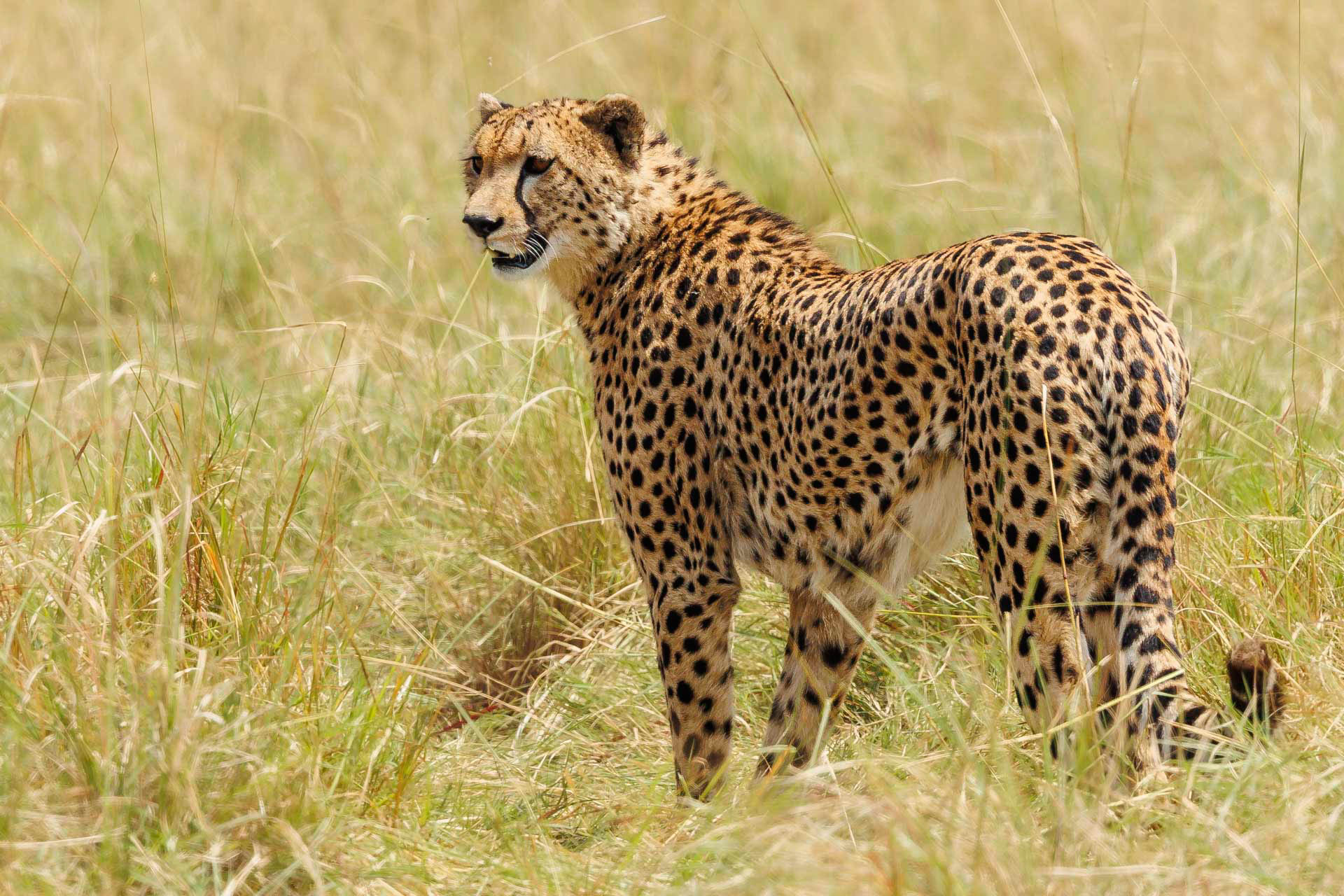
On the Greater Mara side, Nashipae continues to thrive with her cubs. She’s done an incredible job providing for them despite the constant dangers. Her three daughters and son bring hope for the future of the Mara ecosystem if they can survive and flourish independently after parting from their mother. The ranger team monitoring them has been exceptional, and their dedication is crucial to ensuring these cubs reach adulthood.
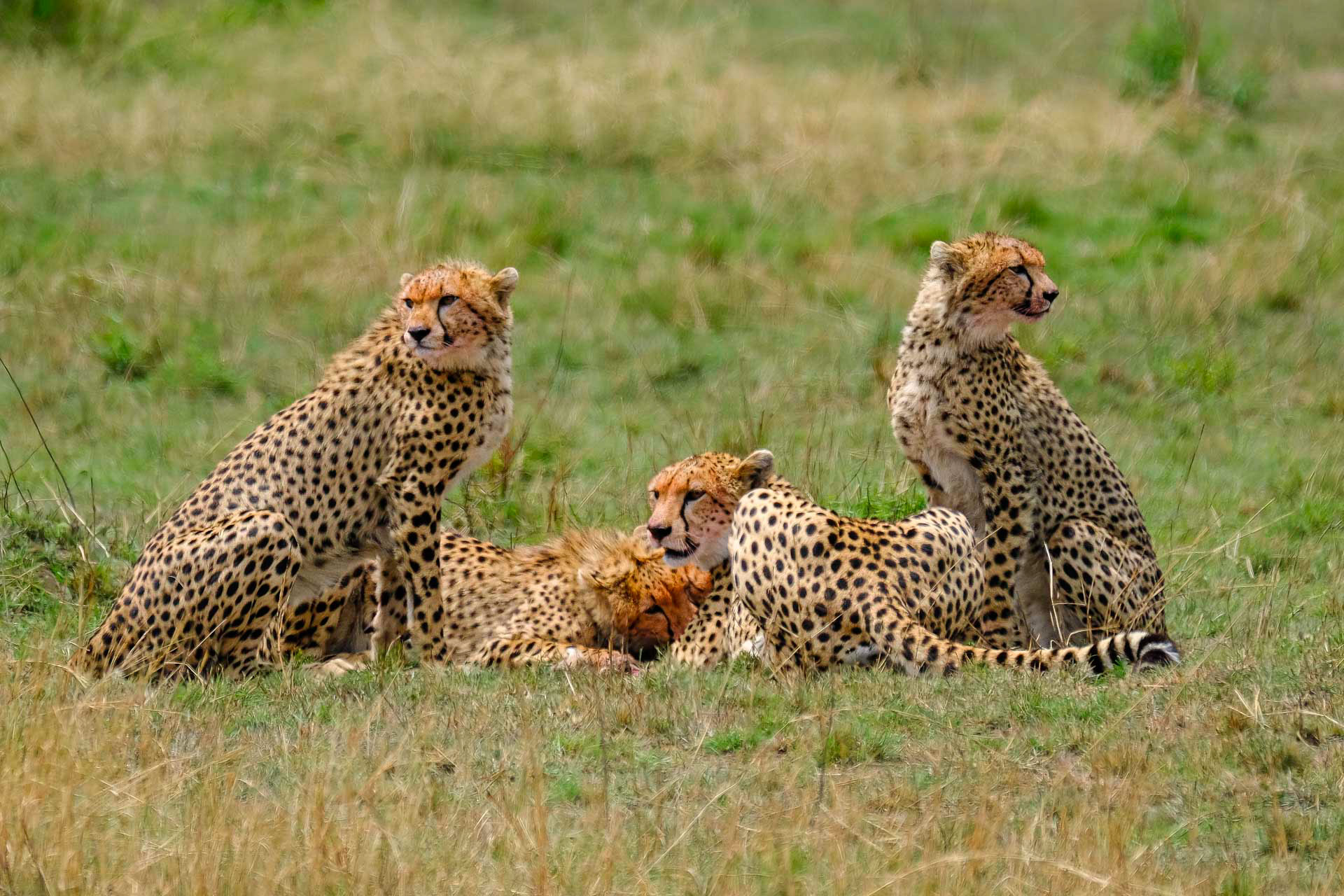
A few Angama guests had a spine-chilling encounter with the Inselberg males as they patrolled their territory — when a male lion’s piercing gaze locks onto you, an intense wave of adrenaline surges through your body. The raw power of this apex predator is undeniable, and the air around you seems to grow heavier under the weight of the moment. Their massive frame, rugged mane, and the scars etched into their weathered faces speak volumes about the battles they have fought and won.


Conflict is inevitable in this vast ecosystem, with horns and tusks clashing in battles for dominance or resources. Some fights are playful, while others can turn deadly. Watching the sheer force of elephants engaging in these battles is something to behold, especially knowing they can easily push down a fully-grown tree. Meanwhile, juvenile male impalas practise their fighting skills in friendly bouts, preparing for the day they’ll challenge for a harem.
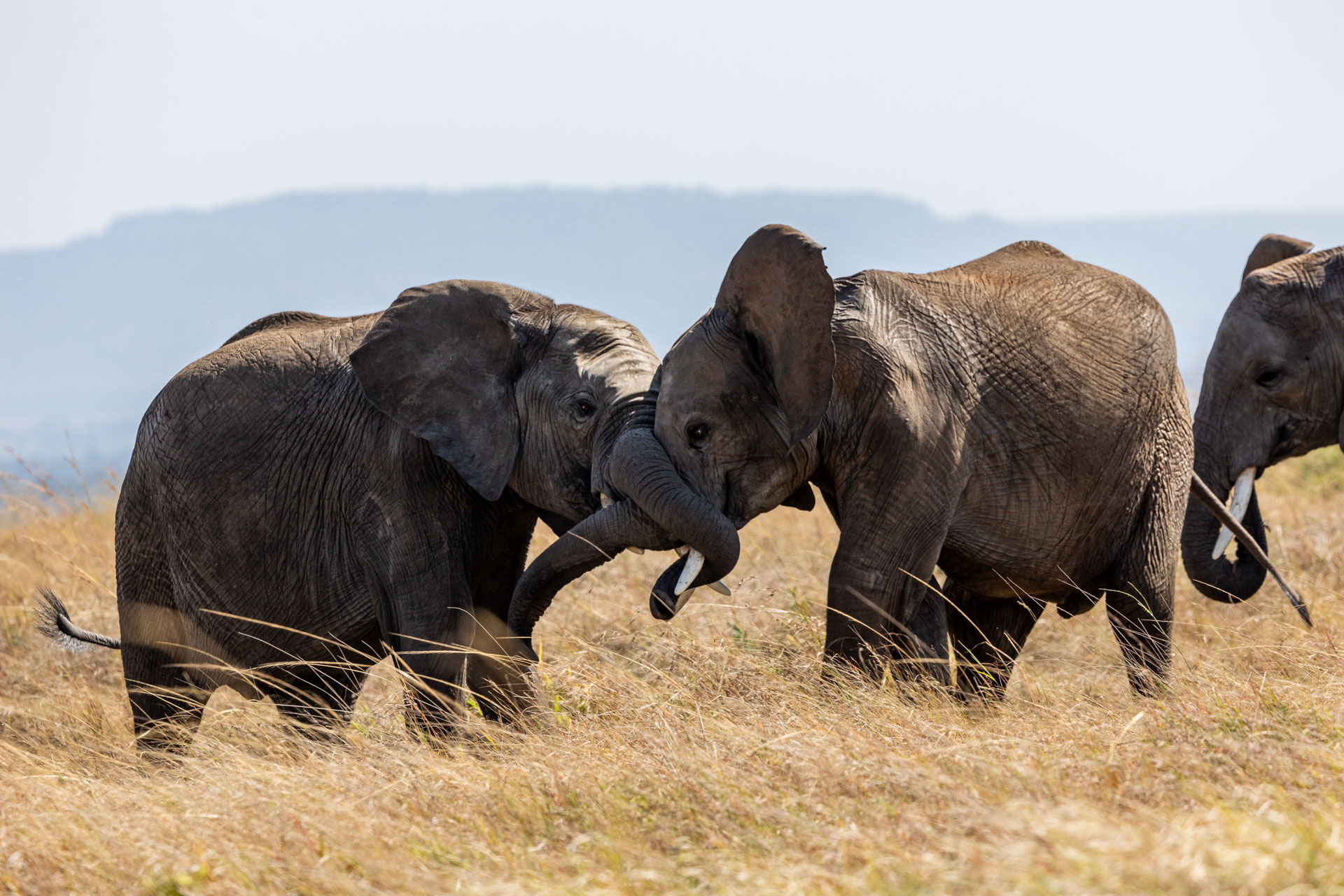
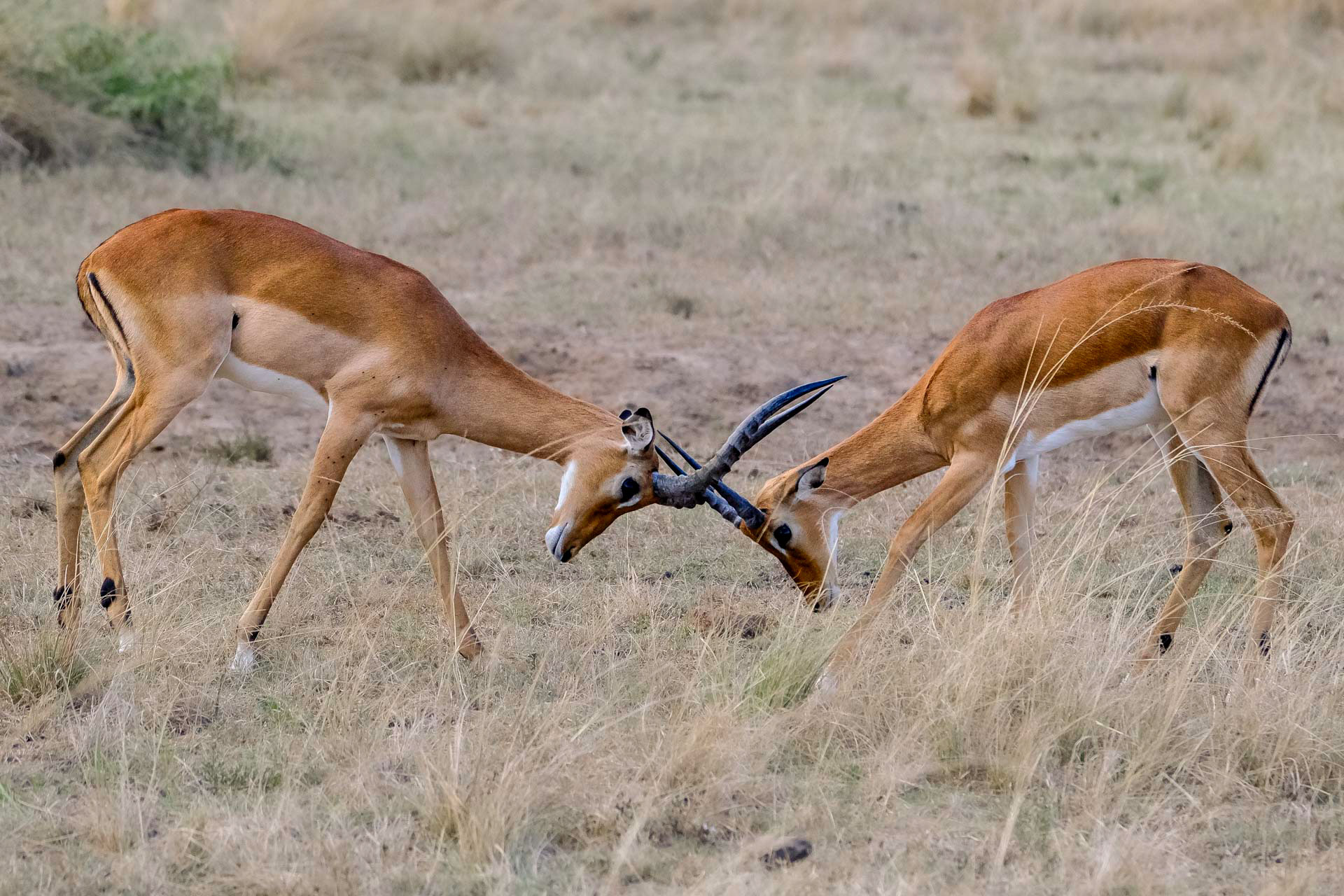
The diversity of the avian population never ceases to fascinate me. This week, I spotted a new subfamily of tree kingfishers, which includes over 100 species. The striped kingfisher, in particular, was a highlight. It primarily hunts grasshoppers and other large insects, occasionally catching small lizards, snakes, and rodents. From its perch about 10 feet high, it swoops down up to ten times a minute to catch its prey, returning to the perch to eat, often beating larger prey against the tree vigorously before swallowing.
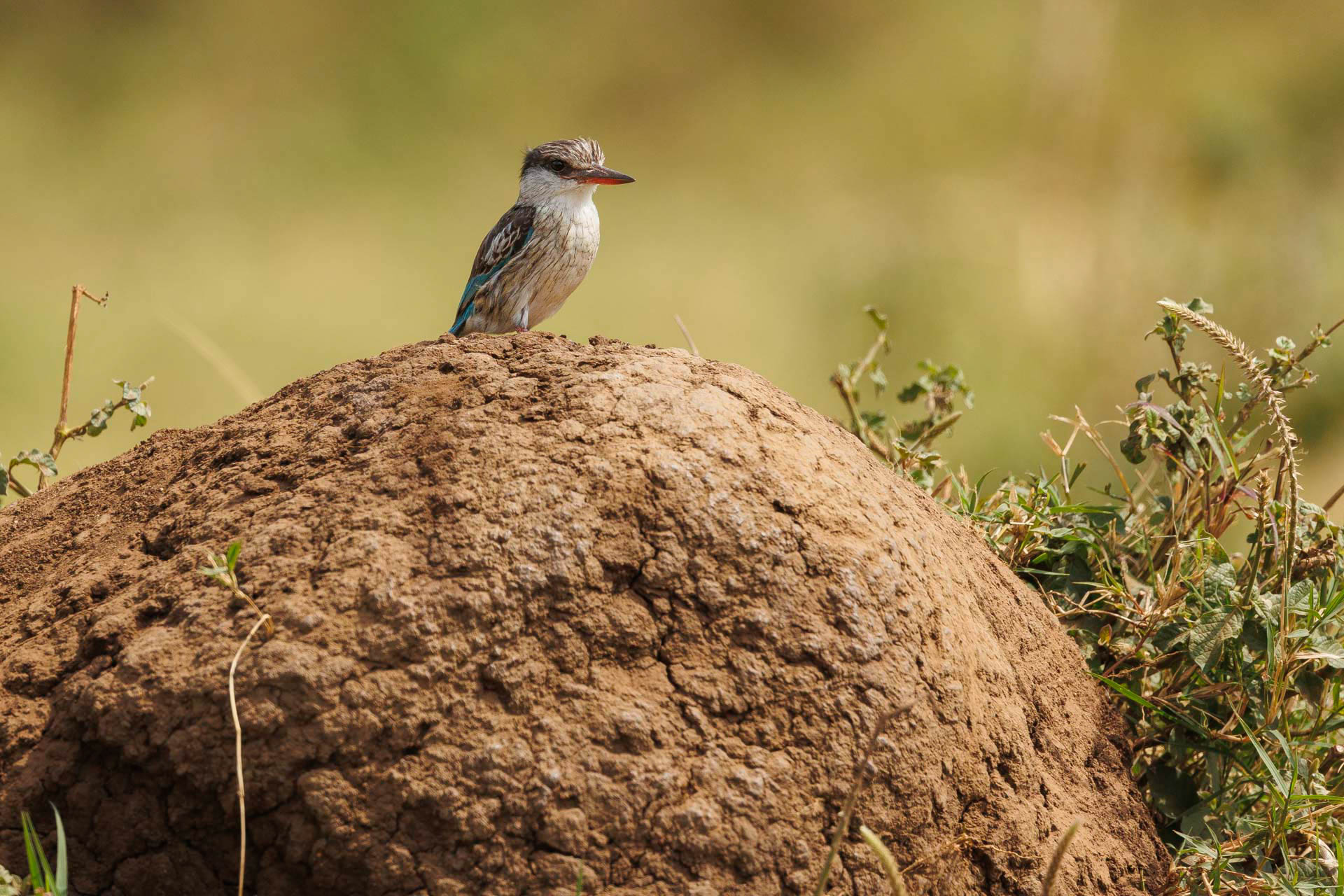
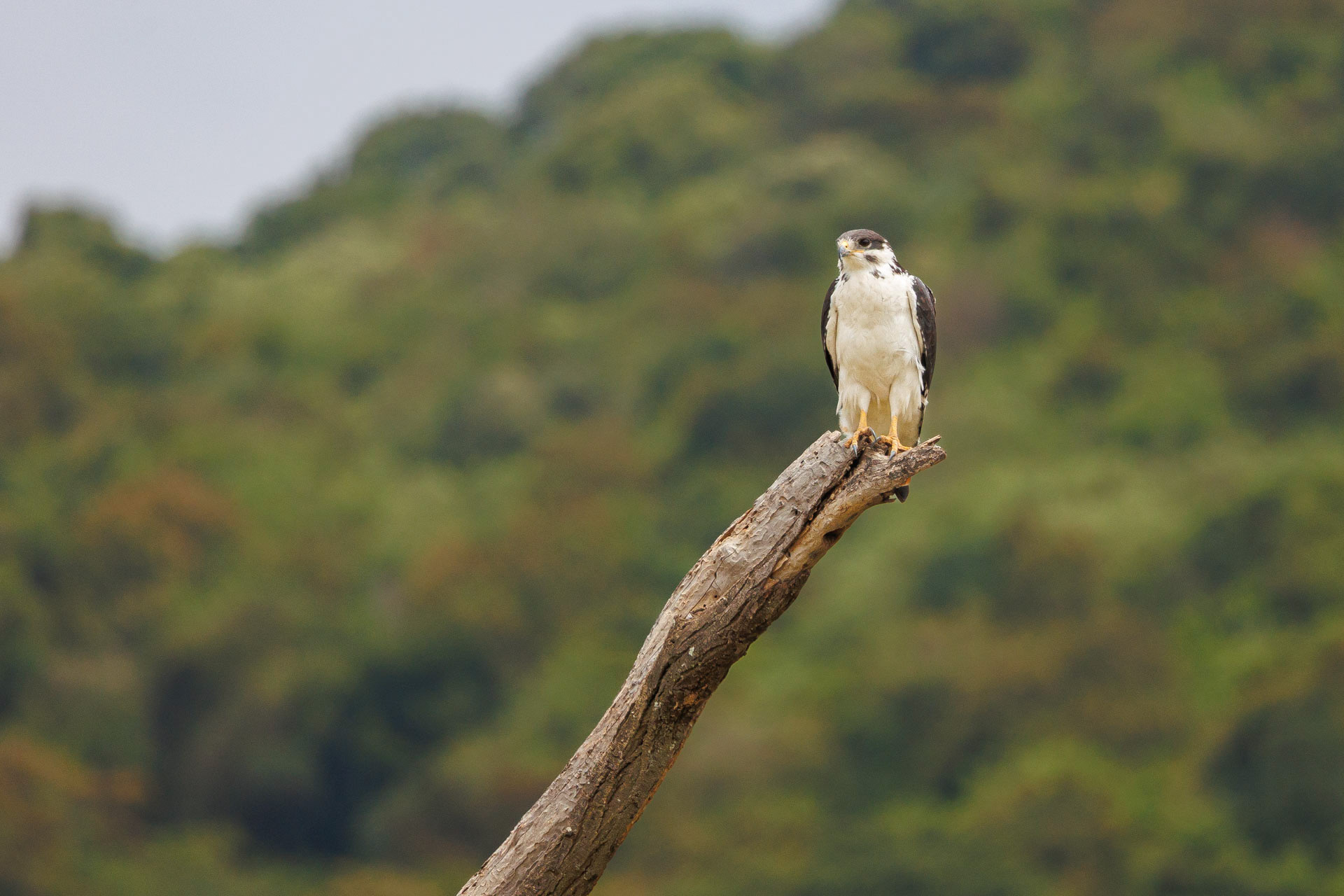
Another exciting sighting was the augur buzzard, seen near the Oloololo Escarpment. This striking bird of prey thrives here, enjoying elevated vantage points for spotting small mammals, reptiles, and birds. The steep cliffs provide secure nesting sites, and the updrafts from the escarpments make it easier for these buzzards to glide effortlessly in search of food. This combination of abundant prey, safe nesting, and favourable flying conditions makes an escarpment an ideal habitat.

My colleague Rio had an exciting first-time sighting of a serval cat. With its long legs and neck, this graceful and precise hunter embodies beauty and power. The serval’s legs and large ears make it an exceptional hunter, allowing it to see over tall grasses and hear the faintest sounds, like a rodent scurrying underground. It was a memorable week for all of us, filled with rare sightings, thrilling moments, and the ever-present wonder of the Mara. –Japheth Supeyo
This week has been deeply introspective for me as I prepare to say goodbye after nearly three incredible years at Angama. My time has been nothing short of extraordinary, filled with fond memories from the beautiful plains of the Maasai Mara to the expansive land of the giants here in Amboseli. This platform has allowed me to share countless wildlife photographs and stories through weekly instalments. I hope these narratives will continue to evoke a sense of care and urgency for conserving our few remaining wild ecosystems.

One animal that is often misunderstood due to fear of its sheer size is the African rock python; it is a fascinating predator that signals both beauty and danger. We have observed its presence multiple times in Kimana Sanctuary and, more recently, a few metres from the Guest Area on the edge of Kimana Stream. This particular python is approximately eight feet long, making it a young adult, though it could grow to twice that size.
Its habitat choice is ideal for its feeding habits, as these snakes have a diverse diet, consuming mammals, birds, reptiles, and even aquatic animals. African rock pythons are strong swimmers, and water provides ample hunting grounds, allowing them to sneak up on prey more quietly and undetected. Being around water also offers a certain level of safety, helping the python avoid terrestrial predators and human encounters. We have observed this individual almost every day this week, often coming out to bask in the sun during the mid-morning hours and then retreating into its burrow once it has warmed up sufficiently.

The lion dynamics are intensifying in Kimana Sanctuary. Just a few days ago, we encountered Lodun Enkop, the son of Osunash, for only the second time. What immediately stood out was his calm demeanour, a stark contrast to the last time I encountered him, when he dashed into the grasses within seconds. Unlike the previous sighting three months ago, he seemed completely unbothered by our presence this time. He raised his head, glanced at us, and casually rolled back to sleep.
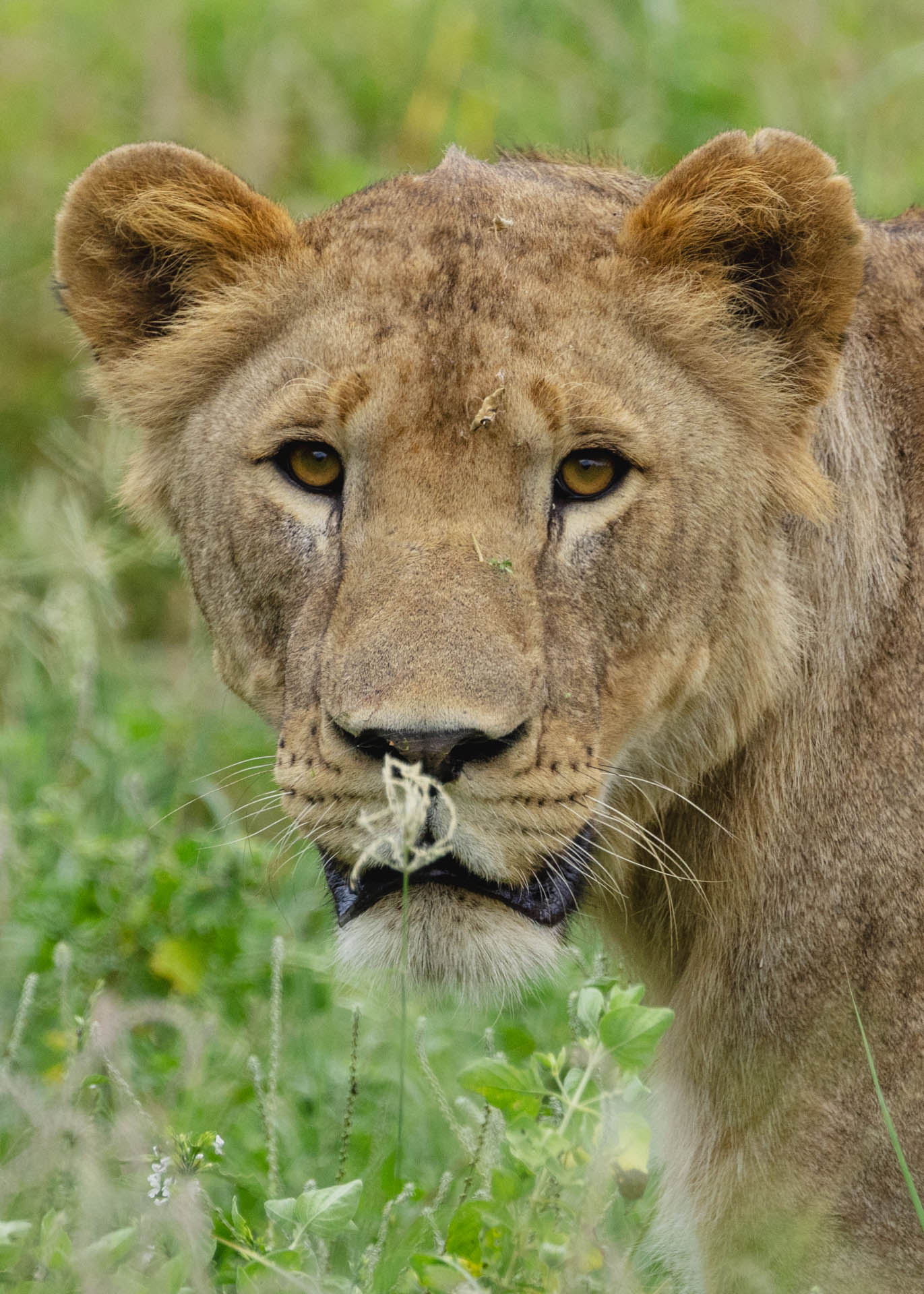
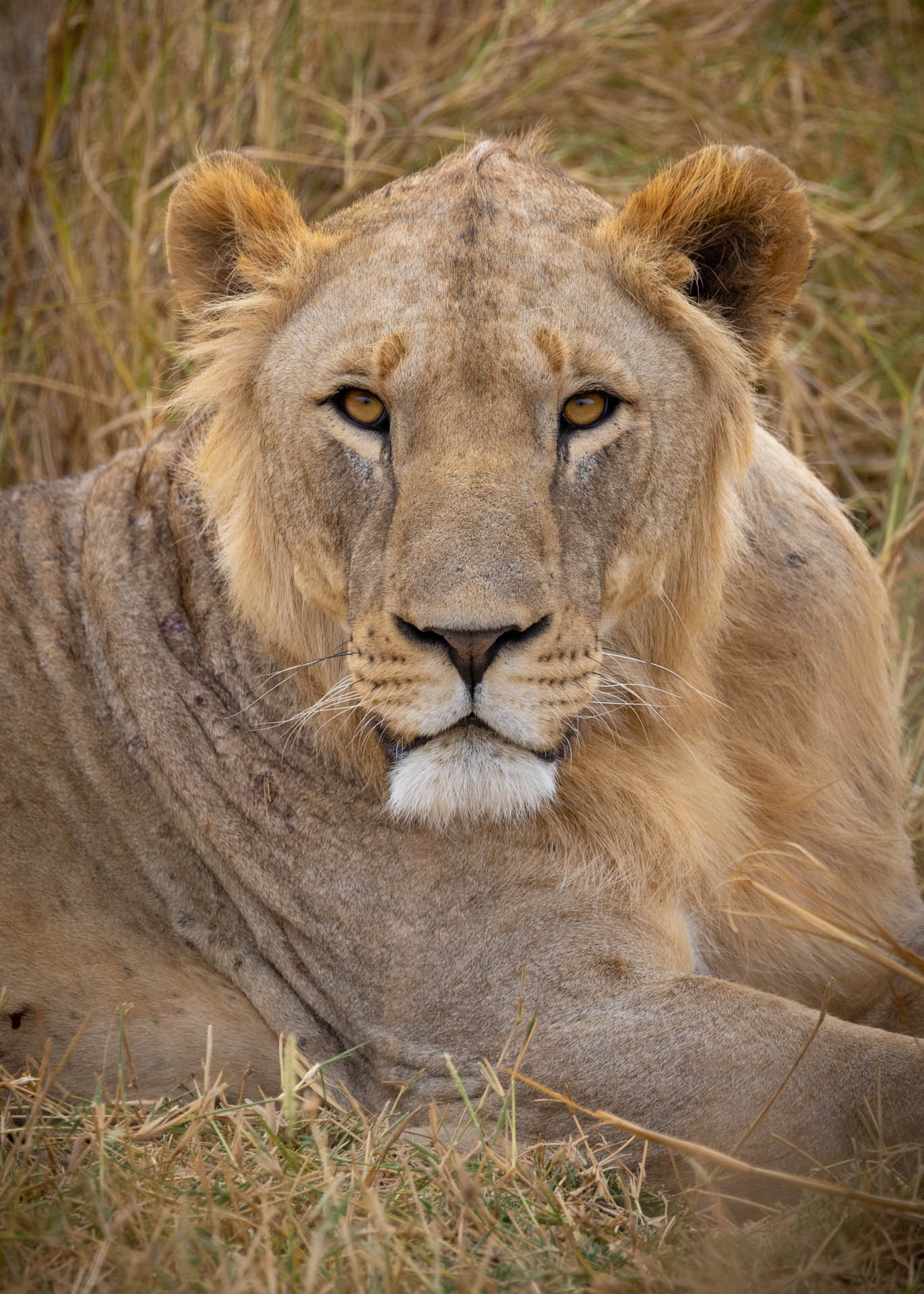
This is a most positive sign, indicating that he has become more accustomed to seeing game vehicles around and has learned they pose no danger. He is quite nomadic, traversing between Kimana Sanctuary, Amboseli National Park, and the neighbouring Selengei Conservation Area. His mane has noticeably grown, and his limbs look pretty strong, which suggests he is on his way to becoming a formidable hunter with a higher chance of succeeding in territorial battles — a king in the making.
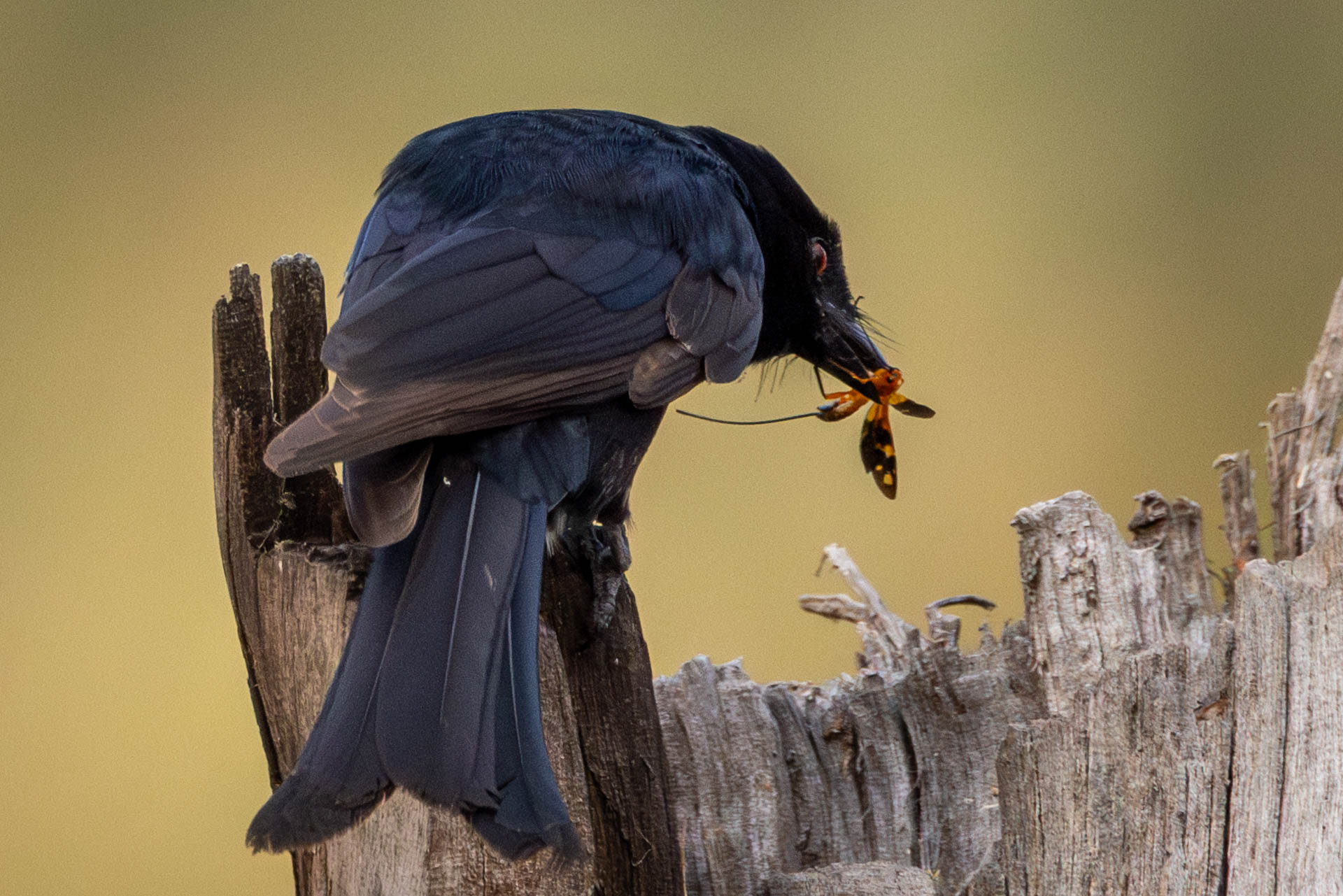
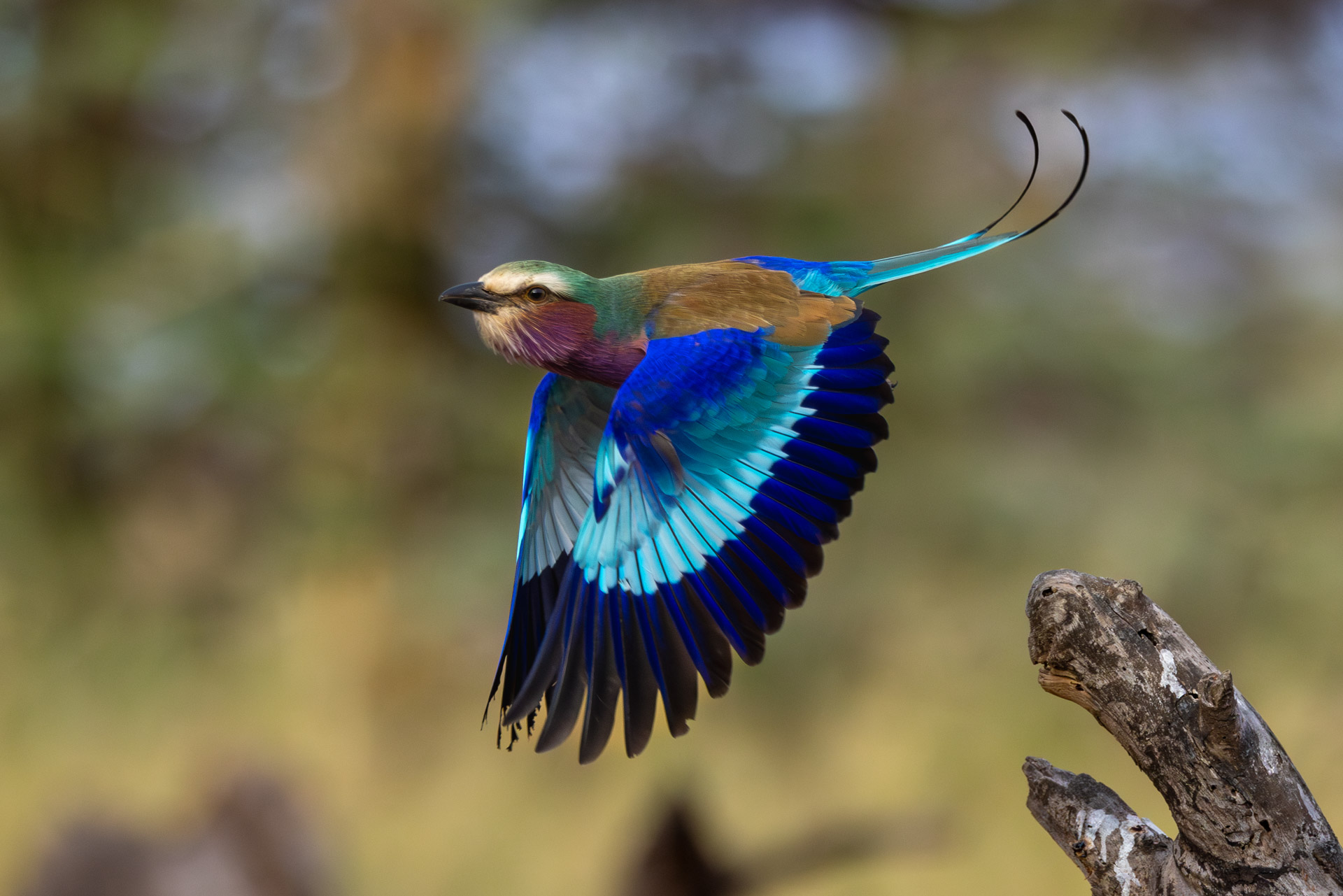
While driving through the Sanctuary one morning, I was intrigued by an unusual sighting — a lilac-breasted roller displaying its dominance. Initially, a group of fork-tailed drongos was feeding on grubs, seemingly from a wasp nest. The next minute, the lilac-breasted roller swooped in aggressively, clearly intent on driving the drongos away from its territory. Though I wouldn’t typically stop for this sighting, observing this kind of behaviour is quite enriching, offering us more profound insights into the intricate lives of these wild and beautiful creatures.
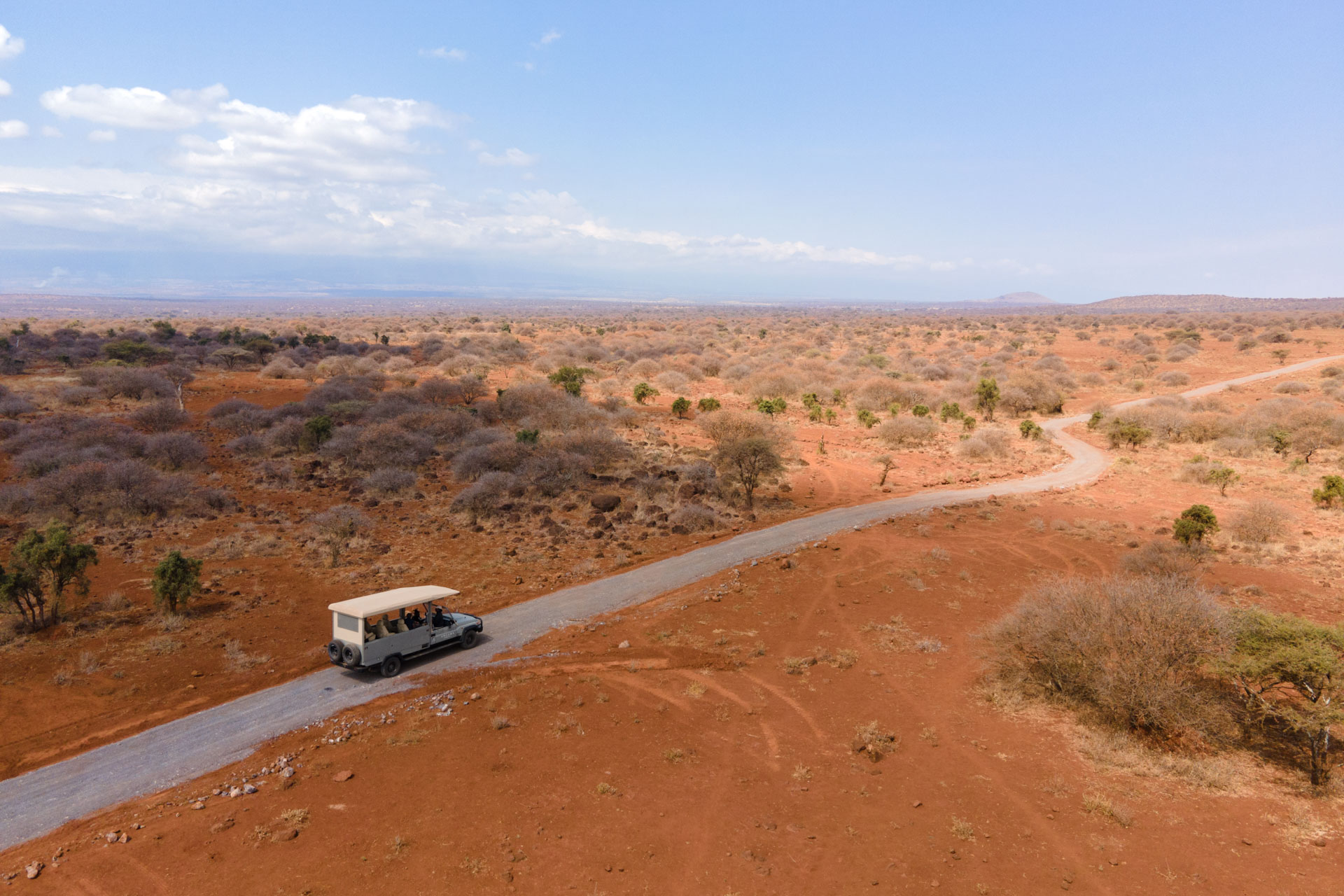
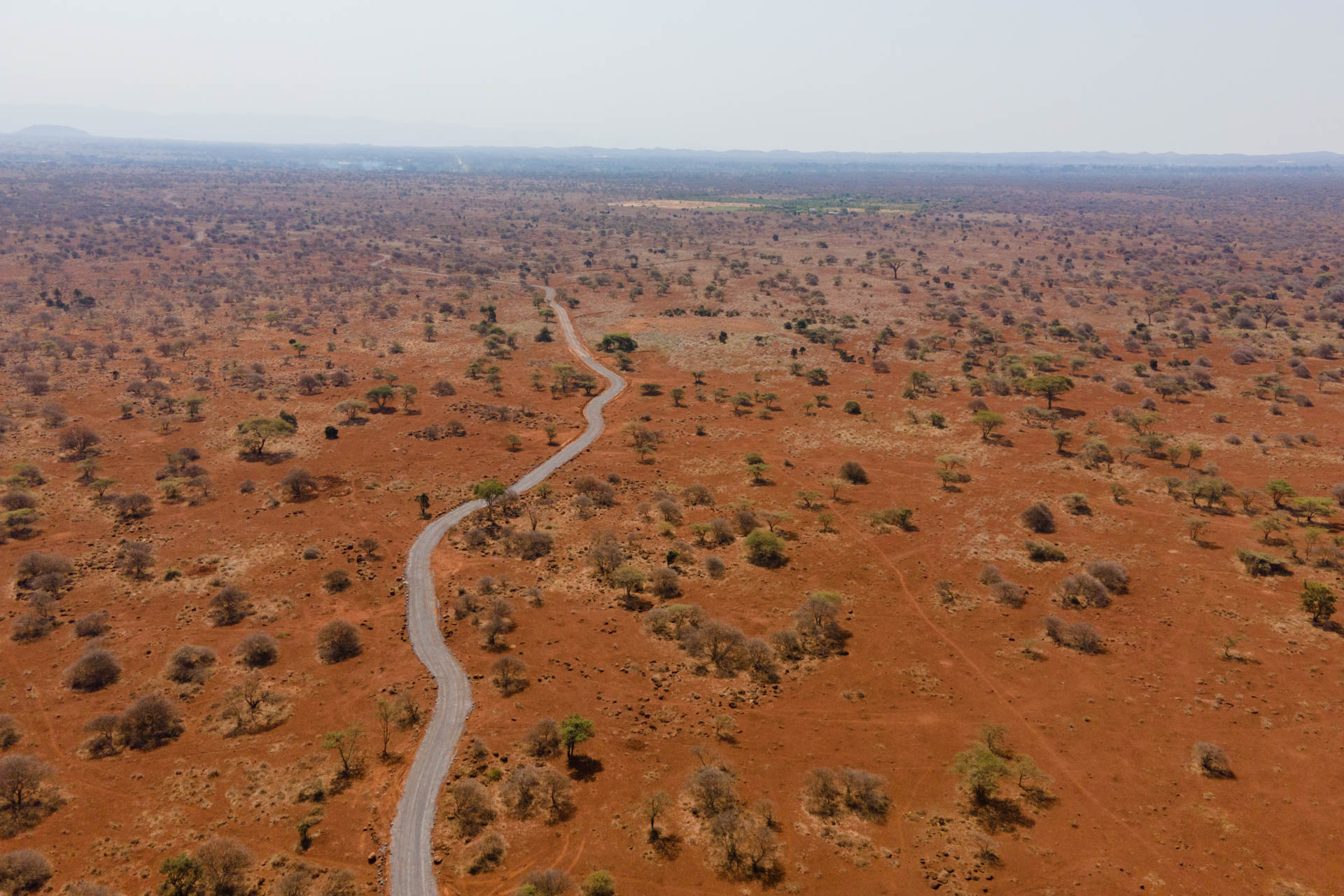
I am excited to share that a new road connecting Kimana Sanctuary and Amboseli National Park through the 'Pinch Point' and along the wildlife corridor is nearing completion and is already in use. This groundbreaking project is a collaboration between Angama and the Big Life Foundation, which manages both Kimana Sanctuary and the conservation areas that border the corridor.
This road will make game drives between Kimana Sanctuary and Amboseli National Park much more convenient, reducing travel time from 1.5 hours to just 45 minutes. It will also provide a valuable experience in understanding the importance of this critical wildlife corridor as guests traverse it.


As I wrap up this chapter of my journey, I can’t help but reflect on the incredible experiences I’ve had at Angama. From the vast plains of the Mara, where I first honed my wildlife storytelling through the lens, to the rugged beauty of Amboseli, where every sunrise felt like a new beginning — each moment has deepened my connection to the wild and my passion for conservation. I leave you with these last two fun sightings: a giraffe shaking off a persistent oxpecker and a brown snake eagle watching the drama unfold from a distance.
As I move forward, I carry with me the lessons and memories from these magical places, and I hope our stories have inspired you to cherish and protect these wild spaces as much as they have inspired me. –Sammy Njoroge
Filed under: This Week at Angama
Subscribe for Weekly Stories
Comments (0):

Hot-air Ballooning